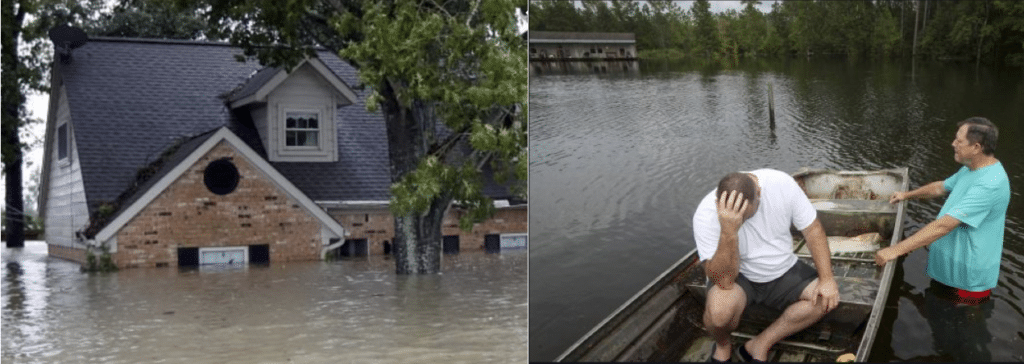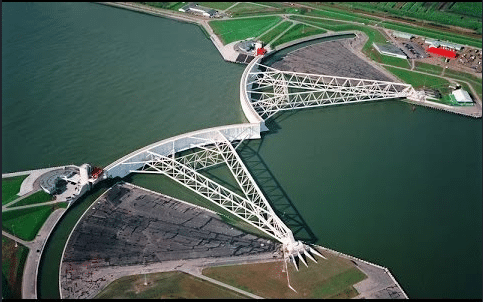“Historic floods” are the new normal. Surely this is now self-evident.
The weakening remnants of Imelda will make their way Friday into northern Texas, Arkansas and Louisiana as misery lingers in Houston, even as floodwaters start to recede.
Flooding on Thursday left some Houston neighborhoods swimming in several feet of water, forcing authorities to perform more than 400 high-water rescues, the Harris County Sherriff’s Office said. …
‘People are not even done rebuilding here, and it’s happening again.’
(CNN, September 20, 2019)
This is why it behooves governments to build infrastructure to deflect or absorb flooding; that is, instead of doling out money to rebuild after every flood. In addition to levee systems, building more filtering surfaces (like replacing asphalt with porous tiles) should become standard features in urban and suburban communities.
New Orleans took a giant leap in this regard after Hurricane Katrina. It built a $14 billion network of levees and floodwalls, which can be “lifted” over time as sea level rises or earth subsides. But the Netherlands “set the model of flood prevention” after a 1953 flood, which the Dutch say was like their Katrina and September 11 combined.
In the aftermath of the flood, the Dutch redoubled their efforts to battle the sea, creating an enormous flood-control system [of dams and storm barriers] known as the Delta Works. …
The Dutch also began applying a more long-term, holistic perspective … known as Room for the River, a massive $3 billion project initiated in 2006 that involves some 40 different infrastructure projects along Dutch rivers and waterways. At the heart of the project is the idea that instead of keeping water at bay, space can be allocated to safely accommodate flooding.
(Earth Magazine, October 15, 2018)
Many developing countries are adapting this Dutch model of flood prevention. The United States would do well to do so too.

